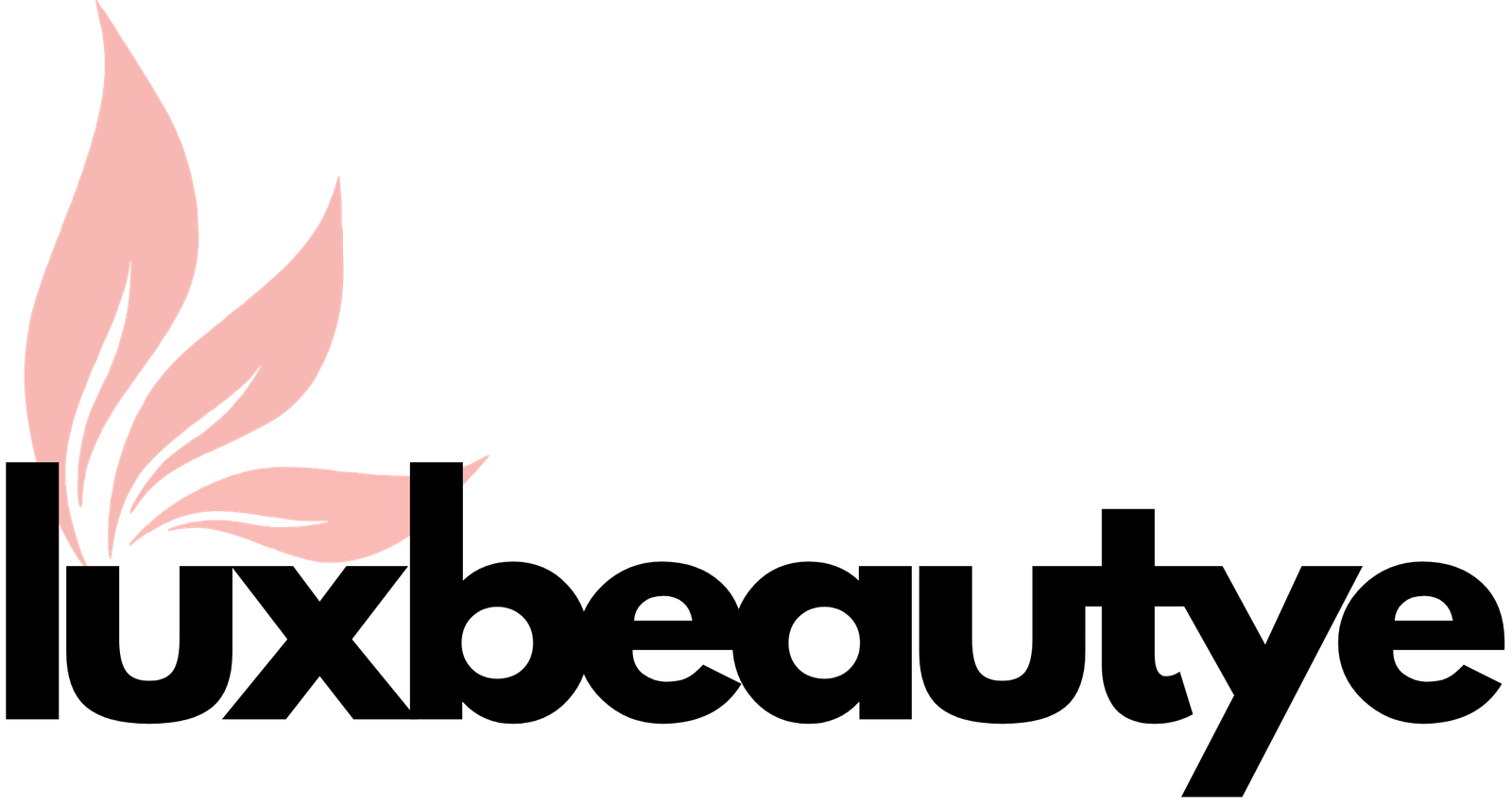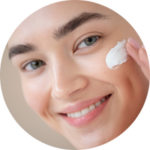How to Achieve the Best Hair of Your Life

Are you dreaming of having the healthiest, shiniest, and most luscious hair of your life? Achieving the best hair of your life isn’t just about using the right products or following a random routine. It’s about understanding your hair type, using the best practices, and taking good care of your scalp. Whether you have curly, straight, wavy, or coily hair, there are simple yet effective steps you can take to ensure that your hair looks and feels amazing.
In this guide, we’ll take you through the ultimate tips and tricks for maintaining the healthiest, strongest hair possible. From proper washing techniques to diet and lifestyle choices, we’ve got you covered. Let’s dive in!
1. Understanding Your Hair Type and Needs
Before you start your hair care journey, it’s important to understand your hair type and what it needs. Not all hair is the same, and what works for one person may not work for you. Here are a few key factors to consider:
-
Hair Texture: Is your hair fine, medium, or thick? Fine hair may need lightweight products to avoid weighing it down, while thick hair may benefit from heavier oils and creams.
-
Hair Porosity: This refers to how well your hair absorbs and retains moisture. Low porosity hair resists moisture absorption, while high porosity hair can easily absorb moisture but may lose it just as quickly.
-
Hair Density: This refers to how much hair you have on your scalp. If you have a high density of hair, you may need more product to nourish it effectively.
-
Scalp Health: A healthy scalp is the foundation for healthy hair. Dry, oily, or flaky scalps need different treatments and care routines.
2. Establishing a Hair Care Routine
Creating a hair care routine that works for your unique needs is essential for achieving the best hair of your life. Consistency is key. Here’s how you can build your ideal routine:
a) Washing Your Hair
Washing your hair too often can strip it of its natural oils, while washing it too infrequently can lead to a buildup of oils and dirt. Finding the right balance is crucial. Here are a few tips for washing your hair:
-
Shampoo: Use a sulfate-free shampoo that’s gentle on your hair and scalp. Sulfates can be harsh and strip your hair of essential moisture. Opt for a sulfate-free shampoo if you have color-treated or dry hair.
-
Conditioning: Always follow up with a conditioner that matches your hair type. If you have dry hair, go for a deeply moisturizing conditioner. If your hair is fine or oily, opt for a lightweight conditioner.
-
Clarifying Shampoo: Once every few weeks, use a clarifying shampoo to remove product buildup. Just be sure not to use it too often, as it can strip your hair of its natural oils.
b) Deep Conditioning Treatments
Deep conditioning is a must if you want soft, shiny, and manageable hair. Incorporating a weekly deep conditioning treatment into your routine will keep your hair hydrated and nourished. Choose a deep conditioner that is specifically designed for your hair type, whether it’s for dry, curly, or color-treated hair.
c) Scalp Care
Healthy hair begins with a healthy scalp. Just like your skin, your scalp needs attention and care. Regular scalp massages can help improve circulation, promote hair growth, and relieve tension. You can also use scalp oils or treatments designed to address issues like dryness or dandruff.
3. Nourishing Your Hair from the Inside Out
Healthy hair isn’t just about what you put on your scalp. What you eat plays a significant role in the health of your hair. A balanced diet filled with vitamins and nutrients can promote strong, shiny hair. Here are some key nutrients to incorporate into your diet:
a) Protein
Your hair is primarily made up of keratin, a protein. Eating protein-rich foods like eggs, fish, nuts, and beans can help support hair growth and strength.
b) Vitamins and Minerals
-
Vitamin A: Helps your scalp produce sebum, the natural oil that keeps your hair moisturized. Good sources of Vitamin A include sweet potatoes, carrots, and spinach.
-
Vitamin C: Supports the production of collagen, an essential protein that strengthens hair. Vitamin C is found in citrus fruits, strawberries, and bell peppers.
-
Biotin: Known for promoting hair growth and improving hair texture. Biotin-rich foods include eggs, almonds, and avocados.
-
Iron: Iron deficiency is a common cause of hair thinning. Red meat, leafy greens, and lentils are excellent sources of iron.
c) Hydration
Drinking plenty of water is essential for keeping your hair hydrated. Dehydration can lead to dry, brittle hair that is more prone to breakage.
4. Protecting Your Hair from Damage
Hair damage can come in many forms: heat styling, chemical treatments, environmental factors, and even over-brushing. Protecting your hair from damage is crucial in maintaining its health. Here are some tips to help minimize hair damage:
a) Heat Protection
Excessive use of heat tools like flat irons, curling irons, and blow dryers can cause significant damage to your hair. Always use a heat protectant spray or serum before styling to shield your hair from heat damage.
b) Minimize Chemical Treatments
Frequent coloring, perming, or straightening treatments can weaken your hair over time. Try to limit chemical treatments to maintain your hair’s integrity. If you do color your hair, opt for ammonia-free formulas and deep condition your hair regularly to restore moisture.
c) UV Protection
Just like your skin, your hair can be damaged by the sun’s UV rays. Use hair products that contain UV filters to protect your strands from the sun’s harmful effects.
d) Gentle Detangling
Avoid harsh brushing or combing that can cause hair breakage. Use a wide-toothed comb or a detangling brush to gently work through knots. Always detangle your hair when it’s wet with a leave-in conditioner or detangler to reduce breakage.
5. Healthy Hair Habits
Incorporating good habits into your lifestyle can help you maintain healthy hair. Here are some key tips:
a) Get Enough Sleep
Sleep is essential for your body’s overall health, including your hair. Lack of sleep can contribute to hair thinning and shedding. Aim for 7-9 hours of sleep each night to allow your hair to grow and regenerate.
b) Reduce Stress
Stress can negatively affect your hair health, leading to hair loss or thinning. Practice stress-reducing activities like yoga, meditation, or deep breathing exercises to keep your hair and mind healthy.
c) Regular Trims
While it may seem counterintuitive, regular trims are essential for maintaining healthy hair. Trimming your hair every 6-8 weeks helps remove split ends and prevents further damage from traveling up the hair shaft.
6. Best Hair Care Products
Finding the right hair care products is crucial for achieving the best hair of your life. Look for products that are free of harsh chemicals and cater to your specific hair needs. Here are some product categories to consider:
a) Shampoos and Conditioners
Choose sulfate-free shampoos and conditioners that are rich in natural oils, proteins, and vitamins. Look for products that are tailored to your hair type and specific concerns, such as dry hair, color-treated hair, or frizzy hair.
b) Leave-In Conditioners and Serums
Leave-in conditioners help hydrate and protect your hair throughout the day. Hair serums can help with frizz control, shine, and protection from environmental damage.
c) Hair Masks and Oils
Hair masks provide deep conditioning and moisture, while oils like argan oil or coconut oil can help nourish dry, brittle hair. Use these products weekly or as needed.
7. When to Seek Professional Help
If you’ve tried all the tips and tricks but are still struggling with hair issues, it may be time to seek professional help. A dermatologist or trichologist (a specialist in hair and scalp health) can provide personalized recommendations and treatments for your hair concerns.
8. Hair Growth Tips
If one of your goals is to promote hair growth, there are a few key habits you can incorporate into your routine to encourage healthy, strong growth. Hair growth is influenced by several factors, including genetics, diet, and overall hair care practices. While you can’t necessarily speed up the process, you can optimize the conditions for healthy growth.
a) Scalp Stimulation
Massaging your scalp regularly can help increase blood flow to your hair follicles, encouraging hair growth. Using your fingertips, gently massage your scalp for 5-10 minutes a day. This increases circulation, which can promote healthier hair growth. You can also use essential oils like rosemary, peppermint, or lavender, which are believed to support hair growth.
b) Avoid Tight Hairstyles
Tight hairstyles, such as braids, ponytails, and buns, can cause unnecessary tension on your hair and scalp, leading to traction alopecia (hair loss caused by excessive pulling). Instead, opt for looser styles to avoid putting too much strain on your hair.
c) Take Hair Supplements
While a balanced diet is key to healthy hair, certain supplements can also give your hair growth a boost. Biotin, collagen, and vitamins like B-complex and zinc are known to help with hair strength and growth. Before starting any new supplement, consult with a healthcare professional to ensure it’s right for you.
9. Environmental Factors and Hair Health
Your environment can also have a significant impact on your hair’s health. Pollution, sun exposure, and even the water you use to wash your hair can affect the condition of your hair. Here’s how you can mitigate environmental damage:
a) Pollution Protection
If you live in a polluted area, your hair is exposed to dirt, toxins, and free radicals that can lead to dull, lifeless hair. Consider wearing a hat or scarf to protect your hair from direct exposure to pollutants. There are also hair products designed to create a protective barrier against environmental damage.
b) Avoid Hard Water
Hard water contains minerals like calcium and magnesium, which can build up on your hair and scalp, leading to dryness and buildup. If you live in an area with hard water, you may want to install a water softener or use a chelating shampoo to remove mineral buildup.
c) Protect from the Sun
Just like your skin, your hair is vulnerable to UV rays. Excessive sun exposure can lead to dry, brittle hair and color fading, especially if you have color-treated hair. Wear a hat or use hair products with UV protection to shield your hair from sun damage.
10. Avoid Over-Styling
Excessive styling can cause significant damage to your hair. From curling irons to straighteners, overusing styling tools can lead to dryness, breakage, and even split ends. It’s best to allow your hair to rest and breathe between styling sessions. If you must use heat, always apply a heat protectant and use the lowest setting necessary.
Conclusion
Achieving the best hair of your life is a holistic process that requires dedication, the right products, and healthy habits. From understanding your unique hair type to incorporating nourishing foods into your diet, protecting your hair from damage, and creating a consistent hair care routine, each step plays a vital role in maintaining optimal hair health.
By focusing on a balanced, personalized approach to hair care, you’ll not only see improvements in the appearance and strength of your hair but also help prevent future damage. Patience and consistency are key to achieving long-term results, so be kind to your hair and make the necessary adjustments to your routine as needed.
Remember, everyone’s hair is different, and it’s important to find what works best for you. Whether you’re trying to grow your hair, improve its texture, or maintain its natural shine, the right approach combined with healthy habits will help you achieve the hair of your dreams. With the proper care and a bit of effort, you can achieve the best hair of your life.






